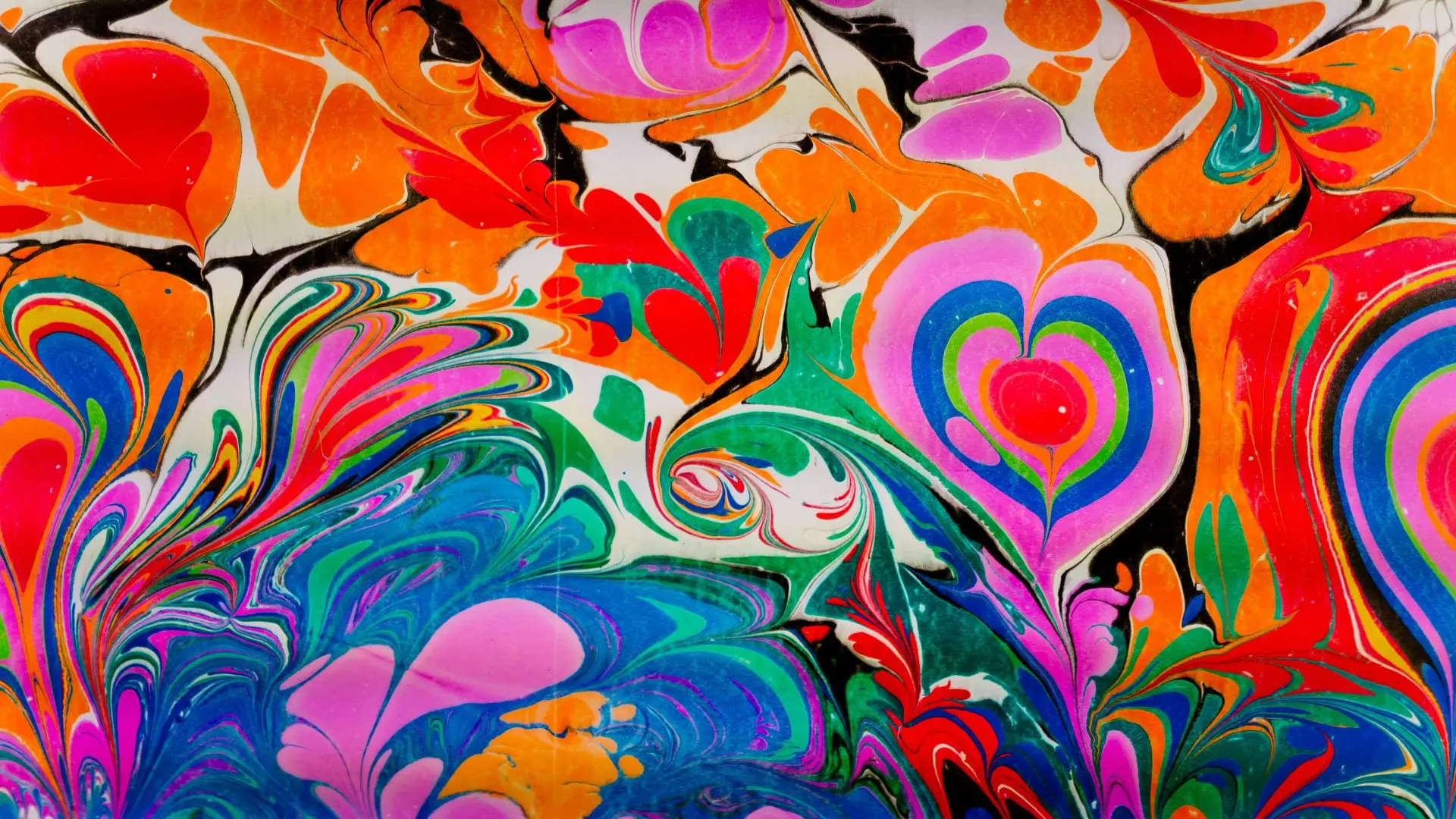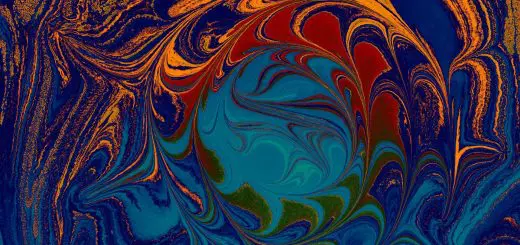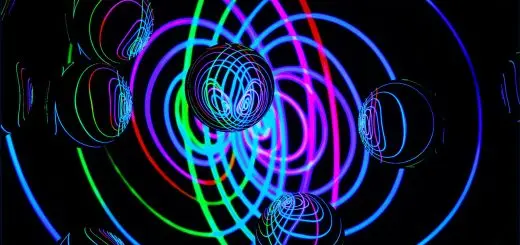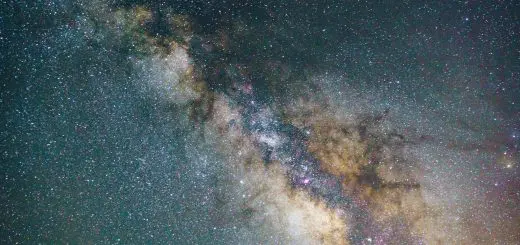The Ghost Dance: Paiute Spiritual Movement and Hope

Looking for more amazing products? Check out our online store and explore our collection here! Happy shopping!
Before diving in, please note: This post is for informational purposes only. If you’d like to know more about how we approach topics, feel free to check out our friendly Disclaimer Page.
Hey there, amazing readers! 
We’re committed to delivering quality posts, and your support (even just sticking around despite the ads) means everything to us. So, bear with us, and thanks for helping us keep the good vibes rolling. Now, on to the fun stuff!
TRANSLATE BUTTON AT THE END OF THE ARTICLE
Overview
The Ghost Dance was a significant spiritual movement that emerged among the Paiute tribe in the late 19th century, spreading to various Native American tribes across North America.
This article delves into the origins, beliefs, and rituals of the Ghost Dance, highlighting its role in Native American resistance and the misconceptions surrounding it.
It also explores the tragic events of the Wounded Knee Massacre and the legacy and impact of the movement, including its contemporary revival.
The Ghost Dance: Paiute Spiritual Movement
The Ghost Dance originated within the Paiute tribe, a Native American group who inhabited the Great Basin region of the United States.
This spiritual movement was a response to the immense suffering and displacement experienced by Native Americans during the colonization of North America.
The Ghost Dance provided solace and hope by offering a vision of a future without oppression, where Native peoples could reclaim their lands, culture, and way of life.
Origins and Beliefs of the Ghost Dance
The origins of the Ghost Dance can be traced back to the visions and teachings of a Northern Paiute man named Wovoka, also known as Jack Wilson.
Wovoka experienced a transformative spiritual revelation during a solar eclipse in 1889, where he claimed to have been visited by the spirit world.
He believed that by performing the Ghost Dance, Native Americans could hasten the restoration of their lands and bring about a time of peace and harmony.
The core beliefs of the Ghost Dance centered around the idea that the earth would be renewed, the bison would return in abundance, and deceased ancestors would rise from the dead.
The dance itself was seen as a powerful ritual that would unite the living and the spirits, leading to the fulfillment of these prophecies.
It was believed that the more individuals participated in the Ghost Dance, the stronger its spiritual energy would become.
Wovoka: The Visionary Behind the Ghost Dance
Wovoka, the visionary behind the Ghost Dance, was a charismatic leader who inspired hope and unity among various Native American tribes.
Born in Nevada in 1856, Wovoka was deeply influenced by his father’s shamanic teachings.
After his transformative experience during the solar eclipse, he began preaching his message of peace, urging Native Americans to embrace the Ghost Dance as a means of spiritual and cultural revitalization.
Wovoka’s teachings emphasized nonviolence, communal harmony, and the importance of adhering to traditional Native American values.
He encouraged his followers to live virtuous lives, avoid conflict, and treat others with kindness and respect.
Wovoka’s message resonated deeply with Native American tribes who were grappling with the devastating consequences of colonization.
Spread of the Ghost Dance Among Native Tribes
The Ghost Dance quickly spread among Native American tribes, transcending geographical and cultural boundaries.
Wovoka’s teachings reached tribes such as the Lakota, Cheyenne, Arapaho, and Shoshone, among others.
This spiritual movement offered a ray of hope and unity in the face of adversity, allowing tribes to come together and find solace in a shared belief system.
Tribal leaders played a crucial role in disseminating the Ghost Dance, acting as conduits for Wovoka’s teachings.
The movement gained momentum as tribes participated in large-scale gatherings where the Ghost Dance was performed.
These gatherings served as an opportunity to exchange knowledge, strengthen cultural ties, and foster a sense of collective identity among Native American tribes.
Rituals and Ceremonies of the Ghost Dance
The Ghost Dance involved intricate rituals and ceremonies that held deep spiritual significance for Native American tribes.
The dance itself was characterized by circular movements, symbolizing the cyclical nature of life and the interconnectedness of all living beings.
The dancers would often wear special attire adorned with sacred symbols and feathers, and they would sing songs that invoked the spirits of their ancestors.
The ceremonies were typically held in open spaces and lasted for several days.
Participants would engage in fasting, purification rituals, and prayer, preparing themselves to commune with the spirit world.
The dance would often culminate in a collective trance-like state, where dancers believed they could communicate with their ancestors and receive guidance for the future.
Ghost Dance’s Role in Native American Resistance
The Ghost Dance movement played a significant role in Native American resistance against the encroachment of European settlers and the US government.
By embracing the Ghost Dance, Native American tribes asserted their cultural identity and their right to self-determination.
The movement provided a platform for indigenous peoples to unite, organize, and resist the oppressive policies and actions imposed upon them.
The Ghost Dance movement was perceived as a threat by the US government, who viewed it as a potential catalyst for rebellion.
The authorities feared that the spiritual fervor of the movement would incite violence and disrupt their efforts to assimilate Native Americans into mainstream society.
These concerns ultimately led to a series of government interventions and suppressive measures aimed at quelling the Ghost Dance.
Hope and Unity: The Ghost Dance Movement
One of the central themes of the Ghost Dance movement was the restoration of hope and unity among Native American tribes.
The shared belief in a brighter future and the prospect of reclaiming their ancestral lands created a sense of solidarity and collective purpose.
The Ghost Dance served as a powerful symbol of resistance and cultural resurgence, fostering a renewed sense of pride in Native American heritage.
For many Native Americans, the Ghost Dance became a source of spiritual and emotional healing.
It provided a means to cope with the trauma of colonization and displacement, offering a vision of redemption and a path towards reclaiming their cultural traditions.
The movement also facilitated intertribal connections and alliances, as tribes came together to support each other’s struggles and advocate for their rights.
Misconceptions and Misinterpretations of the Ghost Dance
The Ghost Dance movement was often misunderstood and misinterpreted by outsiders, leading to numerous misconceptions and stereotypes.
The movement was erroneously portrayed as a violent and militant uprising, fueled by the belief in Native American superiority over non-Native peoples.
These misinterpretations distorted the true essence of the Ghost Dance, which was rooted in spirituality, cultural revival, and the pursuit of peace.
Another misconception was the belief that the Ghost Dance promised immediate and miraculous changes.
In reality, Wovoka’s teachings emphasized patience, nonviolence, and communal harmony.
The Ghost Dance was not a call to arms but a spiritual movement aimed at restoring balance, healing the land, and reestablishing the cultural identity of Native American tribes.
Government Suppression and the Ghost Dance
The US government viewed the Ghost Dance movement with suspicion and apprehension, perceiving it as a threat to their authority and control over Native American populations.
In response, the government implemented a series of suppressive measures to quell the movement and undermine its influence.
These measures included the prohibition of certain Native American ceremonies, the surveillance of Ghost Dance gatherings, and the arrest of tribal leaders.
Government agents often infiltrated Ghost Dance ceremonies, spreading misinformation and sowing seeds of discord among the tribes.
They portrayed the movement as a dangerous and subversive force that needed to be eradicated.
These suppressive tactics further strained the already tenuous relationship between Native American tribes and the US government, exacerbating the tensions between the two parties.
Tragic Events: Wounded Knee Massacre
The Ghost Dance movement met a tragic end with the Wounded Knee Massacre of 1890.
The US government, fearing a potential uprising, deployed troops to disarm the Lakota Sioux, who were practicing the Ghost Dance in South Dakota.
A confrontation between the US Army and the Lakota Sioux quickly escalated, resulting in the indiscriminate killing of over 200 Native Americans, including women and children.
The Wounded Knee Massacre remains one of the darkest chapters in US history, symbolizing the violence and oppression inflicted upon Native American tribes.
The massacre not only marked the end of the Ghost Dance movement but also served as a stark reminder of the systematic dispossession and marginalization of indigenous peoples.
Legacy and Impact of the Ghost Dance Movement
Despite its tragic end, the Ghost Dance movement left a lasting legacy and had a profound impact on Native American history.
It served as a catalyst for cultural resurgence and inspired subsequent generations of Native American activists and leaders.
The movement highlighted the resilience and determination of indigenous peoples to preserve their cultural heritage and fight for their rights.
The Ghost Dance also played a crucial role in shaping public perceptions of Native American spirituality.
It challenged the dominant narrative of Native Americans as primitive savages, showcasing their rich cultural traditions and profound spiritual beliefs.
The movement contributed to a broader recognition and appreciation of Native American cultures, fostering a more inclusive and diverse understanding of American history.
Contemporary Revival of the Ghost Dance Movement
In recent years, there has been a revival of interest in the Ghost Dance movement among Native American communities.
This contemporary resurgence reflects a renewed commitment to preserving cultural traditions and reclaiming indigenous identities.
The Ghost Dance serves as a powerful symbol of resilience, resistance, and the ongoing struggle for justice and equality.
Today, the Ghost Dance continues to inspire Native American activists, artists, and scholars to honor their ancestral heritage and advocate for the rights of indigenous peoples.
The movement’s enduring message of hope, unity, and cultural revitalization resonates across generations, reminding us of the importance of preserving and celebrating the diverse cultural tapestry of North America.
Conclusion
The Ghost Dance was a profound spiritual movement that emerged among the Paiute tribe and spread to various Native American tribes across North America.
It offered hope and unity in the face of immense suffering and displacement caused by colonization.
The movement provided solace and a sense of cultural resurgence, emphasizing nonviolence, communal harmony, and the restoration of Native American lands.
Despite misconceptions and government suppression, the Ghost Dance left a lasting legacy, inspiring subsequent generations of Native American activists and shaping public perceptions of indigenous spirituality.
Its contemporary revival reflects a continued commitment to preserving cultural traditions and fighting for justice and equality for Native American communities.
The Ghost Dance stands as a testament to the resilience and strength of Native American peoples in the face of adversity.

The Enlightenment Journey is a remarkable collection of writings authored by a distinguished group of experts in the fields of spirituality, new age, and esoteric knowledge.
This anthology features a diverse assembly of well-experienced authors who bring their profound insights and credible perspectives to the forefront.
Each contributor possesses a wealth of knowledge and wisdom, making them authorities in their respective domains.
Together, they offer readers a transformative journey into the realms of spiritual growth, self-discovery, and esoteric enlightenment.
The Enlightenment Journey is a testament to the collective expertise of these luminaries, providing readers with a rich tapestry of ideas and information to illuminate their spiritual path.
Our Diverse Expertise
While our primary focus is on spirituality and esotericism, we are equally passionate about exploring a wide range of other topics and niches 

To ensure we provide the most accurate and valuable insights, we collaborate with trusted experts in their respective domains 
Our blog originally focused on spirituality and metaphysics, but we’ve since expanded to cover a wide range of niches. Don’t worry—we continue to publish a lot of articles on spirituality! Frequently visit our blog to explore our diverse content and stay tuned for more insightful reads.
Hey there, amazing reader! 
Check out our store here and take a peek at some of our featured products below! Thanks for being awesome!












